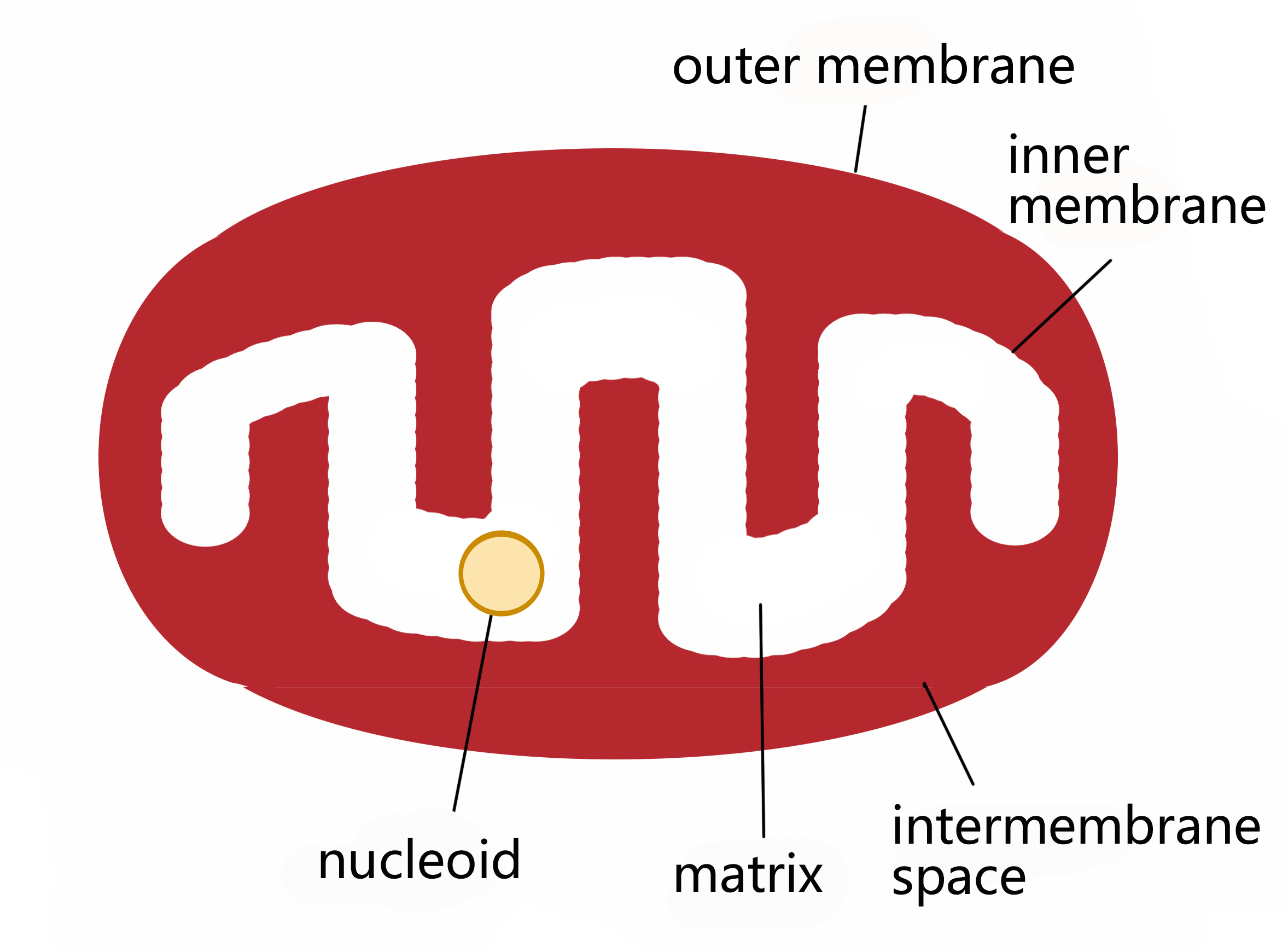Mitochondria are cellular energy factory of living organisms but are easily damaged due to terrible living environment, thus losing the activity for producing energy. Recent study on Optic Atrophy 1 (OPA1) by a group of Chinese scientists revealed whether damaged mitochondria can realize function recovery and how.
The study was carried out by Dr. LIU Xingguo and his team in Guangzhou Institute of biomedicine and health (GIBH) of the Chinese Academy of Sciences, and was published in the journal Front Cell Dev Biol on April 9, entitled “OPA1-Exon4b binds to mtDNA D-loop for transcriptional and metabolic modulation, independent of mitochondrial fusion".
Damaged mitochondria can fuse with normal mitochondria to recover metabolism function. OPA1 is a mitochondria inner membrane protein, controlling mitochondrial fusion and apoptosis.
LIU and his group shows in their study a novel mitochondrial functional repair mechanism mediated by OPA1-Exon4b, which is independent of mitochondrial fusion. Exons are a segment of a DNA or RNA molecule containing information and coding for a protein or peptide sequence.
“OPA1-Exon4b directly regulated mitochondrial respiration and restored self-energy supply,” said LIU. “Mechanism study shows that the OPA1-Exon4b regulates the structure of mitochondrial DNA, specifically binds to the D-loop region of mitochondrial DNA to regulate its transcription,” he said.
Researchers uncovered a novel fusion-independent mitochondrial function recovery pathway that is dependent on Exon4b. The malfunction of this pathway may be linked to the establishment of the Warburg effect, which could play a role in tumorigenesis.
Their study showed that the level of OPA1-Exon4b was down-regulated in liver cancer tumor tissues, leading to a decrease of energy production. These results suggest that the loss of function of Exon4b may be linked to the liver cancer tumorigenesis.
The finding may provide a new potential biomarker and curing target for cancer research, according to the researchers.
This study was completed with combinations from Wuhan University, Sun Yat-Sen University and Guangzhou Medical University, supported by National Key Research and Development projects, Chinese Academy of Sciences, National Natural Science Foundation, Guangdong Province and Guangzhou city.

Study Uncovers How Damaged Mitochondrial Recover Function